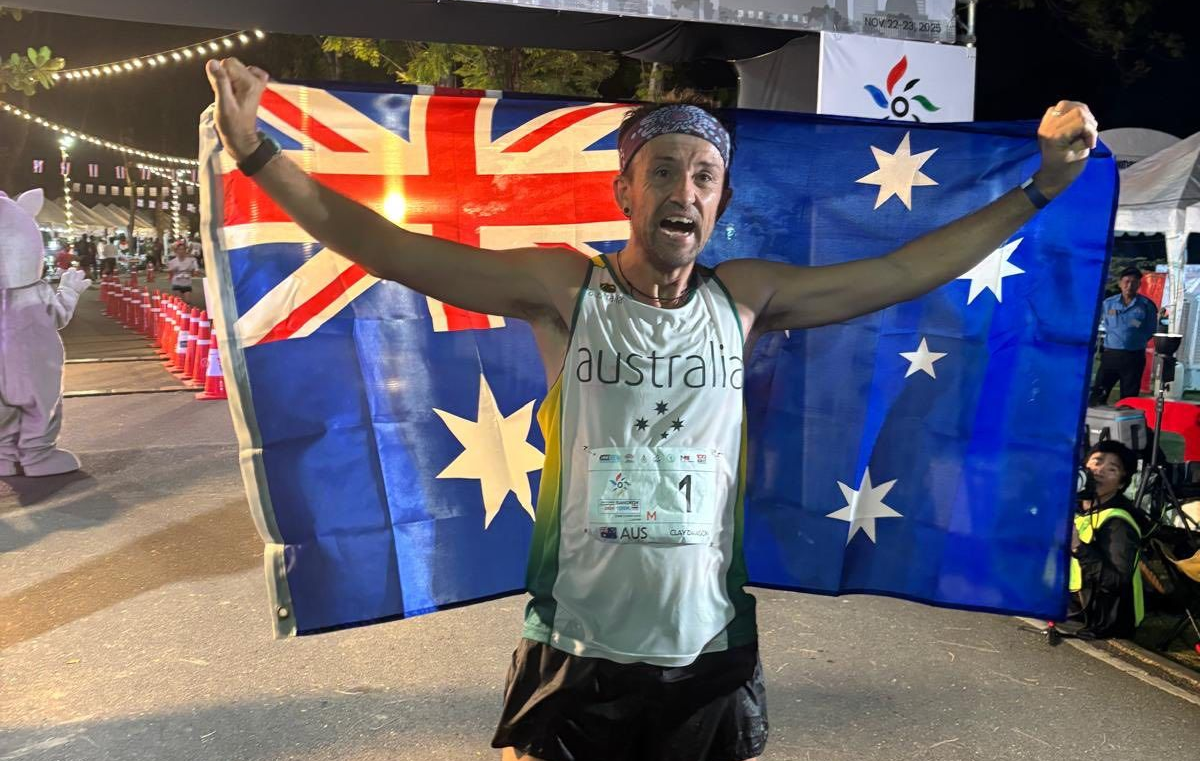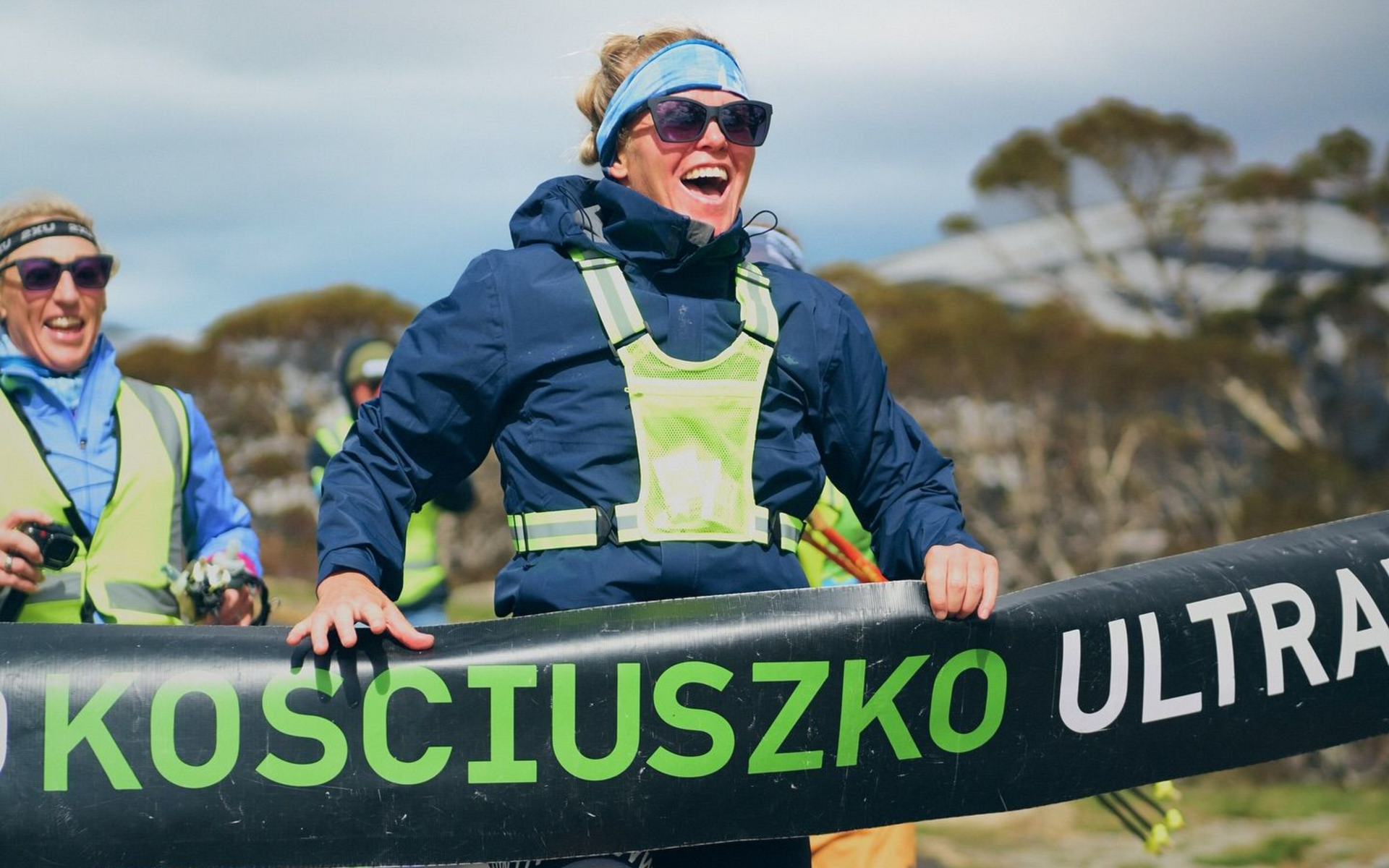
COACH’S CORNER - Rest Days: More than just not running by Glen Smetherham
Coach glen smetherham reveals the importance of rest days, detailing why they need to be taken.

Rest days are an essential part of most runners’ training plans.
It’s not uncommon to see athletes ramping up their training for a specific event and constantly be thinking about what they could be adding to their training plan to get better. When we add a new training stimulus or increase an existing one, we are increasing the overall stress on the body. We often assume that this increased stress will result in positive adaptions, and when done in the right doses for each individual, it does - however not all adaptions are positive. It’s possible that by adding more training stressors will will overload the body’s ability to recover, and result in a training plateau or negative adaptions, including an increased risk of injuries.
A better way to be thinking about how to best adapt positively from our training is to look at the combined stress from both training and non-training activities. When we look at the overall stress that can come from parts of our life such as work, family, training, financial pressure, sleep disruption, health issues, social obligations and so on, we can see that there is a lot more than just training stress that impacts us.
The idea that the body cannot tell the difference between different types of stress is well supported in research, notably through the work of Hans Selye. His work lead to the discovery of the General Adaption Syndrome (GAS) which describes the process the body goes through when under stress. He described stress as a ‘non specific response of the body to any demand for change’. It’s important to understand that this means that stress from our training, our work, daily life challenges (such as getting caught in traffic) all elicit a similar physiological response. When stressed, the body’s sympathetic nervous system (SNS) kicks into gear - this is often described as the ‘fight or flight’ response. During this response, several key hormones and chemicals are released that prepare the body for immediate action and also provide a signal for training adaptions over time. These include adrenaline, noradrenaline, and cortisol (known as the stress hormone).
When we recognise that even everyday non-training stressors can signal the same pathways as those triggered from our training, it becomes clear how the body can then be in a constant state of ‘flight or fight’. This prolonged activation of the SNS can overload the body’s recovery systems. For athletes, this means that unmanaged non-training stressors can have a negative effect on training adaptions.
With all this in mind, athletes can move from the mindset of just adding new stressors to the training plan to thinking about removing bad stressors outside of the training plan.
We don’t get better just by adding new stressors that can help us, we must also remove some old ones that can harm us.
Rest days are sometimes by default added into the training plan on days where an athlete may be too busy with work and other commitments to train. We need to realise that these are not true rest days and they will fail to provide the benefits that will allow the athlete to recover and adapt from the training they have recently done.
Although the body isn’t undergoing physical exertion, these days are often filled with signals that activate the SNS, keeping the body in a fight or flight response. Recovery from training requires us to provide a signal for the parasympathetic (PNS) nervous system to be activated. The PNS is often described as the ‘rest and digest’ system.
PNS activation during restful activities will boost recovery by promoting cellular repair as well as enhancing digestion and glycogen replenishment, which are all vital for repairing tissue and replenishing energy stores. It also involves a reduction in heart rate, increased vagal tone (the activity of the vagus nerve which is responsible for controlling involuntary functions such as heart rate and digestion) and enhanced secretion of growth factors and anti-inflammatory molecules such as cytokines or enzymes that actively reduce inflammation in the body.
So how do we signal the PNS on rest days so that we can optimise out training responses?
Active recovery such as very light activities like walking, swimming, cycling can be included for some athletes on rest days to help signal the PNS, as long as they aren’t too fatiguing.
Focusing on relaxation and using techniques such as mindfulness, deep breathing or yoga can signal the PNS as can walking or just being in nature, such as a bush walk or relaxing on the beach, have been shown to lower cortisol levels and enhance PNS activity.
Each individual will have their own ideal rest day, but in order to optimise the training adaptions make sure that they are filled with a much lower non-training stress and combine this with activities that will signal the PNS to promote a calming effect on your nervous system and lead to better overall adaptions.
While activating the PNS is crucial to get full recovery on our rest days, we have to remember that it’s also very beneficial to create these signals daily during a training week.
Incorporating short activities like deep breathing, mindfulness or walking in nature for example, can help promote better recovery between sessions and reduce chronic stress.
In summary, rest days are essential for recovery and adaption from training. However, they must be intentional; simply skipping training on a busy day that is full of non-training stress will not provide the same recovery benefits. To truly recover, athletes need to actively focus on signalling the PNS through non stressful activities and relaxation techniques. This, together with removing or mitigating overall non-training stress where possible, will maximise tissue repair, replenish energy stores, prevent burnout and optimise performance.










